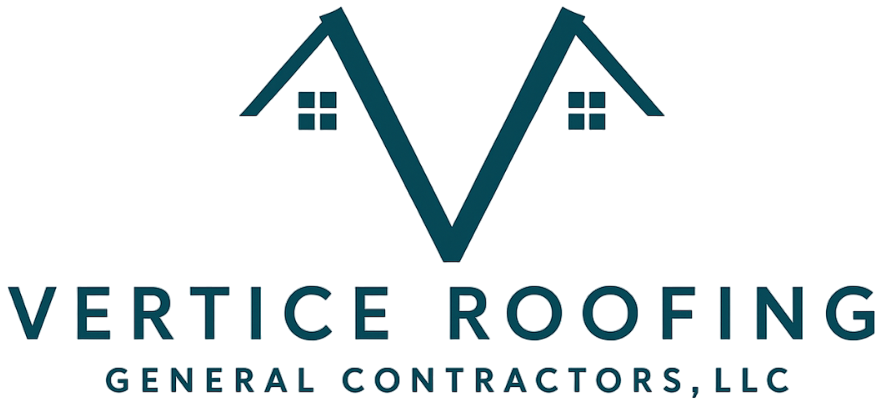When it comes to maintaining your home, your roof plays a vital role in protecting your family and belongings from the elements. If your roof is damaged by a storm or other unforeseen events, your homeowner’s insurance may cover the costs of repairs or replacement. Understanding how insurance-based residential roofing works can help you navigate the process more effectively. Here’s a breakdown of the basics:
1. Types of Roof Damage Covered by Insurance
Most homeowner’s insurance policies cover damage caused by sudden and unexpected events, such as:
- Storm damage: High winds, hail, and heavy rain can wreak havoc on your roof.
- Falling objects: Tree branches or debris that cause damage to your roof are typically covered.
- Fire damage: Roof damage resulting from a fire is generally included in standard policies.
However, insurance usually doesn’t cover damage caused by normal wear and tear or neglect. For example, if your roof leaks due to aging shingles or lack of maintenance, you may be responsible for the repairs.
2. Steps to Take After Roof Damage
If your roof has been damaged, follow these steps to ensure a smooth insurance claim process:
- Assess the damage: After ensuring your safety, inspect your roof or hire a professional roofing contractor to evaluate the extent of the damage.
- Document everything: Make sure your roofing contractor takes clear photos and videos of the damage. These will be essential when filing your insurance claim.
- Contact your insurance company: Notify your insurer to file a claim as soon as possible. They will guide you through their specific claims process. At Vertice, we advise homeowners to include us on the insurance call, so that we ensure the claim is filed with as much detail as possible to minimize any confusion and issues.
- Hire a professional contractor: Work with a reputable roofing contractor experienced in handling insurance claims. They can provide an accurate estimate and help you communicate with your insurer.
3. Working with Your Insurance Adjuster
Once you file a claim, your insurance company will send an adjuster to assess the damage and determine the amount they will cover. Here are some tips to ensure a fair assessment:
- Ensure your roofing contractor is present during the adjuster’s visit to discuss the damage and provide any documentation.
- At Vertice, we ask questions to clarify what’s covered and what isn’t, and we point out any and all damage that the insurance adjuster may have missed or skipped over. Knowledge, experience, and attention to detail are all required in this step because we want to make sure you are receiving a fair assessment of all the damage.
4. Understanding Your Policy
It’s essential to review your homeowner’s insurance policy to understand what’s covered. Key aspects to look for include:
- Deductibles: The amount you’re responsible for paying before insurance coverage kicks in.
- Coverage limits: The maximum amount your insurer will pay for roof repairs or replacement.
- Exclusions: Specific types of damage that are not covered by your policy.
5. Preventative Measures to Protect Your Roof
To minimize the risk of roof damage and ensure your insurance claims are valid, follow these preventative measures:
- Regular maintenance: Schedule routine inspections to catch potential issues early.
- Trim nearby trees: Prevent branches from falling on your roof during storms.
- Keep records: Maintain a history of inspections and repairs to show your insurer you’ve been proactive.
6. Why Choose an Experienced Roofing Contractor?
Insurance claims for roofing can be complex. An experienced roofing contractor can:
- Provide a thorough assessment and detailed estimate.
- Communicate effectively with your insurance company.
- Ensure the work is completed to the highest standards, using only quality, dependable materials.
Final Thoughts
Navigating insurance-based residential roofing doesn’t have to be overwhelming. By understanding your policy, documenting damage, and working with professionals, you can streamline the process and ensure your roof is restored quickly and efficiently. Investing time in preventative maintenance can also save you from future headaches and protect your home for years to come.




